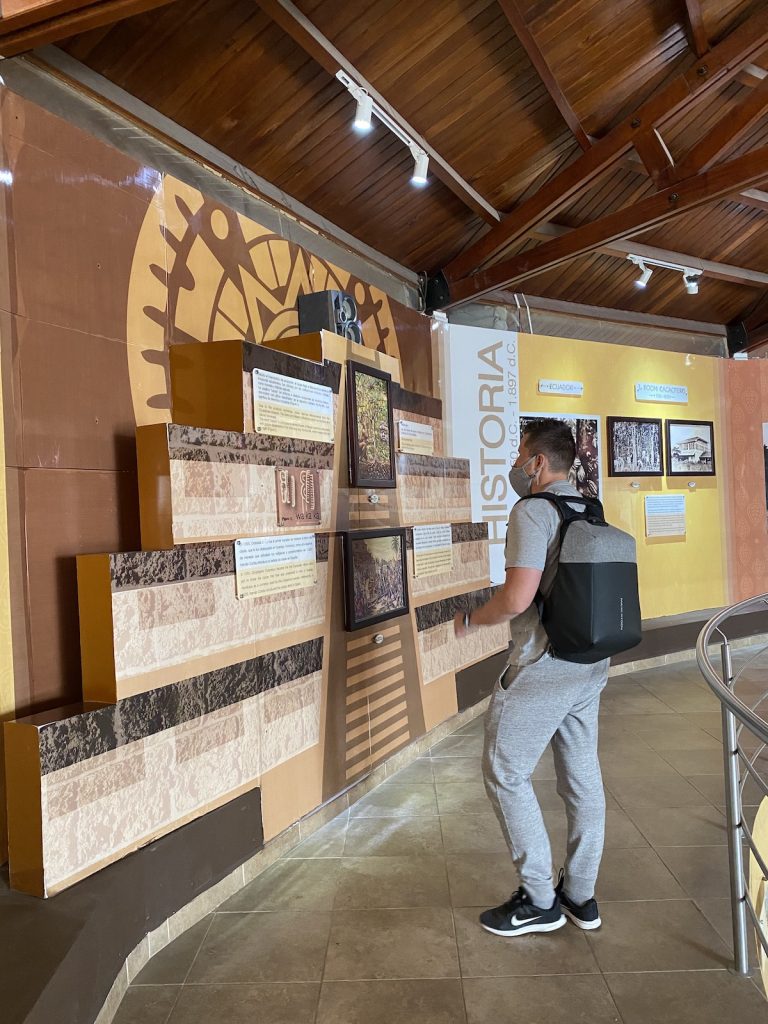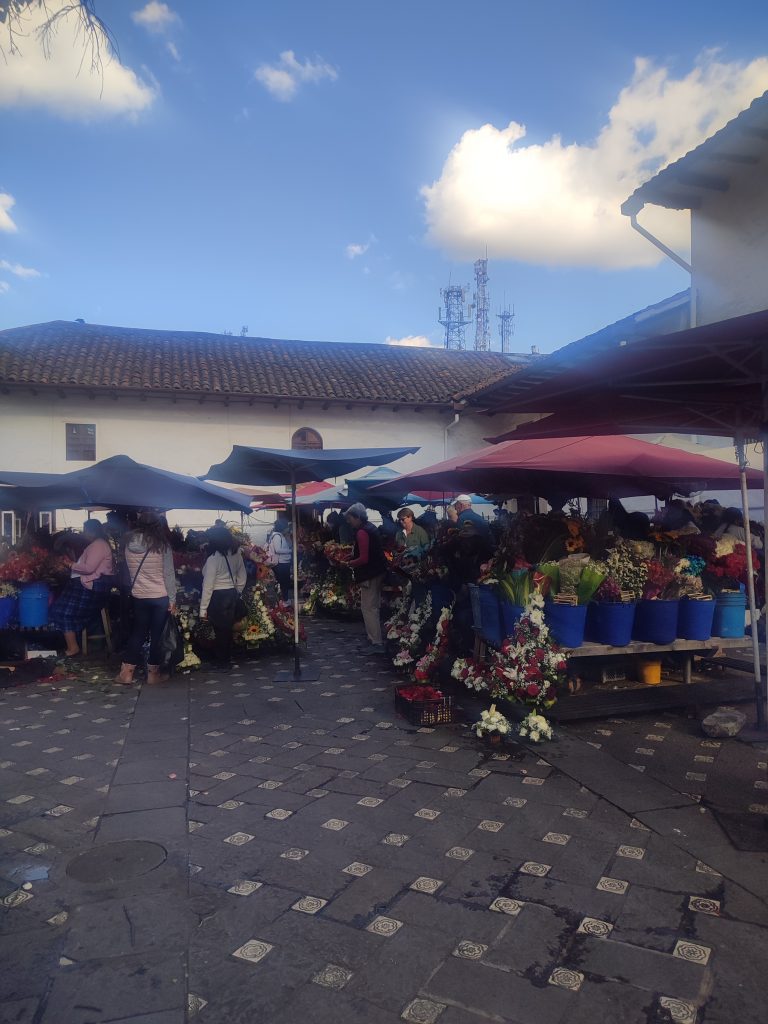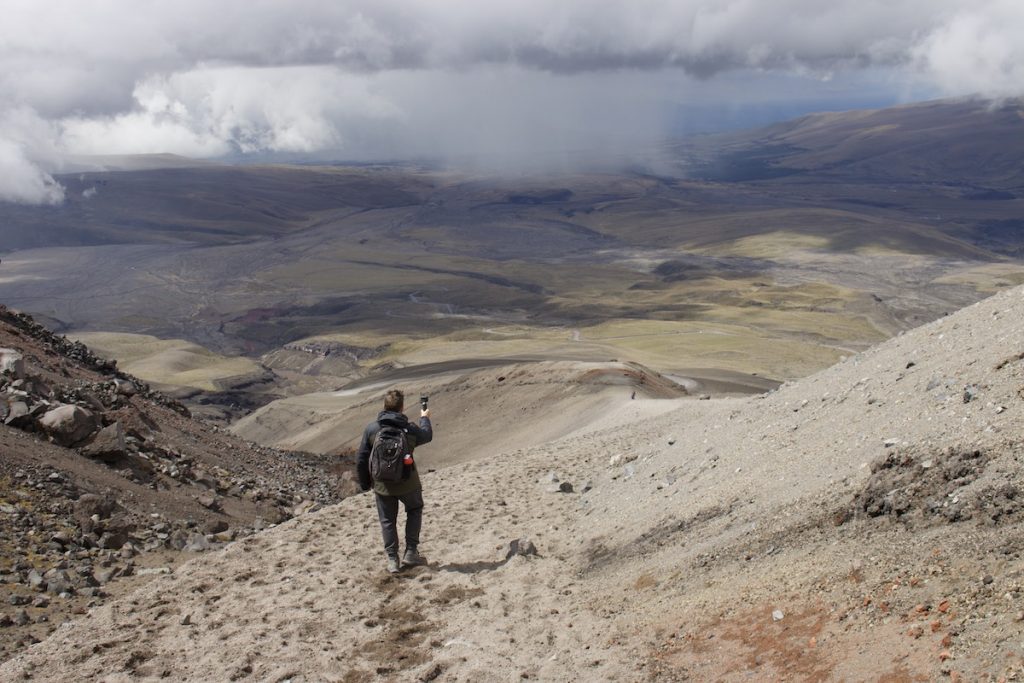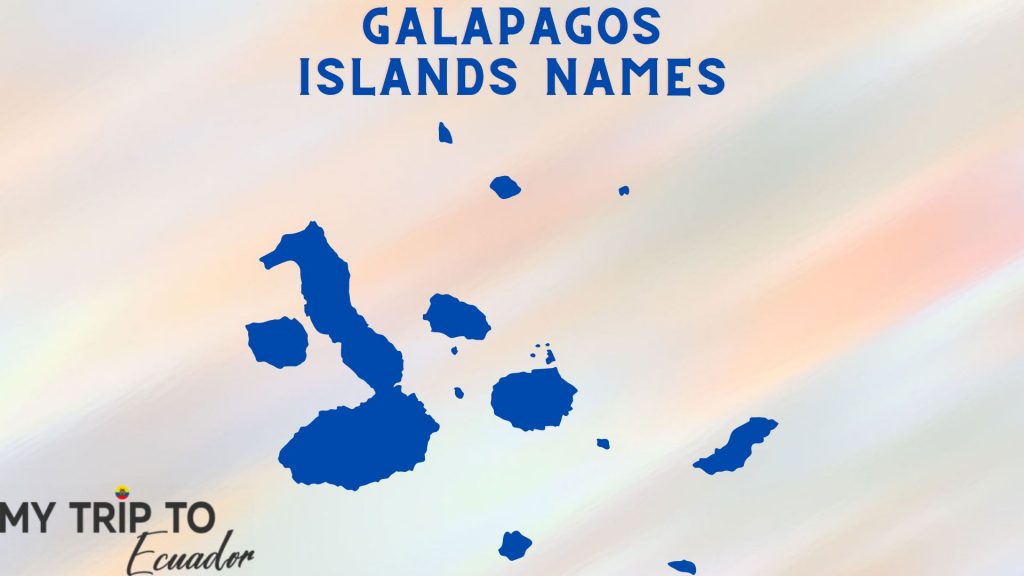Ecuador’s Top Exports
Natural resources and manufactured commodities are among Ecuador’s biggest exports. The top exports of the country in 2020 were:
- Petroleum crude and refined petroleum oils
- Bananas
- Cacao beans
- Textiles
- Cut flowers
From what we have gathered, Ecuador’s other noteworthy exports include shrimp, coffee, and fruits like mangoes and pineapples.
The nation is also renowned for being a significant exporter of precious metals like gold and silver.
Oil
Ecuador is a key player in crude oil production, with proven reserves exceeding 8 billion barrels. As a member of OPEC, Ecuador has positioned itself strategically within the global oil market. The oil industry remains the backbone of Ecuador’s economy, accounting for around 30% of its exports and approximately 7% of its GDP.
The country exports most of its oil to the U.S., China, and India, making these markets vital for sustaining its economic growth. This reliance on oil revenues underscores both the benefits and challenges Ecuador faces, as fluctuations in global oil prices directly impact its economy.
Agriculture and Fisheries
Banana
Ecuador holds its place as a top global exporter of bananas, a key export crop that thrives in various regions across the country. With ideal growing conditions year-round, Ecuador’s banana industry has flourished, helping make bananas one of the nation’s primary export commodities.
This widespread cultivation has established Ecuador as a leading banana supplier to global markets, making it a cornerstone of the country’s agricultural exports and contributing significantly to the economy.
Cocoa
Seafood
Ecuador is also a major player in the global seafood market, especially with its shrimp and tuna exports. The nation’s thriving fishing industry contributes about 4% to the country’s GDP, ranking it among the largest in the region. Ecuadorian shrimp, in particular, has gained a strong reputation for quality, and you’ll often find it in high demand across international markets.
The industry’s growth reflects Ecuador’s efforts in sustainable fishing practices and quality control, helping the nation solidify its position as a top seafood exporter.
Textiles

Ecuador’s textile industry is a vibrant part of its economy, with local artisans creating beautiful cotton, wool, and silk products often showcasing traditional designs. The handcrafted nature of many Ecuadorian textiles makes them unique and highly valued, blending cultural heritage with quality craftsmanship. The industry supports thousands of jobs nationwide, especially in rural areas where traditional weaving techniques have been passed down for generations. Textile exports contribute around 1% to Ecuador’s GDP, reflecting both the cultural and economic importance of this sector.
Cut Flowers
Tourism
Ecuador’s Trading Partners
Ecuador’s commercial relationships are extensive, with goods exported to markets all around the world. Ecuador’s major trading partners in 2020 were:
- United States
- China
- Chile
- Peru
- Colombia
The United States is Ecuador’s leading trade partner. The two countries have built a solid trade connection over the years.
Another major trading partner is China, mainly for petroleum and mineral exports. Ecuador’s neighboring South American countries, Chile, Peru, and Colombia, are also significant trade partners.
Ecuador’s Trade Agreements
Ecuador’s involvement in regional trade agreements has significantly boosted its export opportunities and access to new markets. One of the key agreements is with the Andean Community of Nations, which includes Ecuador, Colombia, Peru, and Bolivia. This agreement facilitates the free movement of goods and services, enhancing trade among member countries. Additionally, Ecuador’s membership in the Pacific Alliance, alongside Chile, Colombia, Mexico, and Peru, fosters stronger economic integration and trade links across Latin America.
Ecuador also benefits from its participation in larger trade organizations like the Latin American Integration Association (ALADI) and the World Trade Organization (WTO), further supporting its goals for economic growth through trade and international cooperation.
Ready to uncover the treasures of Ecuador, from bustling trade markets to breathtaking destinations? Let local experts craft your perfect itinerary. Request a FREE quote now to support local artisans, farmers, and communities while enjoying a seamless, eco-friendly adventure.
Have questions about your upcoming Galapagos trip? Join my Galapagos Reddit community and ask other travelers who recently visited the islands. Get up-to-date tips, real experiences, and honest advice from other travelers (I ban tour agencies and resellers).
Ecuador’s Export and Trade Industry Challenges
While Ecuador has seen remarkable growth in exports and trade, challenges persist. One of the key issues is its reliance on a few primary exports, such as petroleum and bananas. This reliance makes Ecuador vulnerable to fluctuations in global commodity prices, which can impact its economy significantly. Additionally, the country faces infrastructure limitations that complicate product transportation. However, in recent years, the government has made significant investments in infrastructure to improve logistics and streamline shipping.
Despite these hurdles, Ecuador’s trade sector holds promising opportunities. The country’s diverse range of exports and strategic location are attracting international investors. The Ecuadorian government is also proactively supporting exports with policies aimed at boosting trade, including new trade agreements and tax incentives for exporters, which offer valuable support for economic growth.

Planning trip to Ecuador?
My wife and I rented a car for 15 days and traveled from the northern part of Ecuador to the south, visiting amazing cities like Quito, Otavalo, Baños, Cuenca, and Guayaquil. Along the way, we explored iconic places such as Cotopaxi National Park, Quilotoa Lake, and many more breathtaking destinations.
Not many blogs cover traveling in Ecuador in detail, so I spent nearly three weeks creating this comprehensive Ecuador travel guide based on our trip. It’s packed with everything you need to know, and honestly, I consider it the best free travel guide about Ecuador out there.
If you’re planning a trip to Ecuador, don’t forget to use my link for discounted hotel prices through Booking.com. It’s a great way to support my blog while saving money on your accommodations!
Conclusion
Ecuador’s trade and tourism are more than just economic drivers—they’re the backbone of so many lives and communities we encountered on our travels. From artisans crafting textiles in mountain towns to families running cacao farms, it was eye-opening to see how deeply woven export industries like cocoa, flowers, and bananas are into Ecuadorian life.
As travelers, we’re part of the bigger picture, too. We met guides who shared their deep knowledge of Ecuador’s landscapes, and artisans who rely on tourism to support their craft. Ecuador is not only expanding its global connections but also finding ways to ensure the sustainability of these industries. The country is growing, evolving, and building opportunities, both for its people and for visitors like us, who get to experience its vibrant culture and natural beauty firsthand.
Plan perfect trip to Ecuador & Galapagos
I spent countless hours researching everything about traveling to Ecuador, and I created this blog for fellow travel enthusiasts who want the best, most reliable information. But if you want to save time, we’ve partnered with the top local agency to plan your dream trip.





